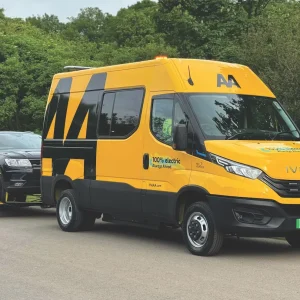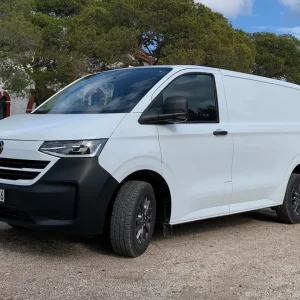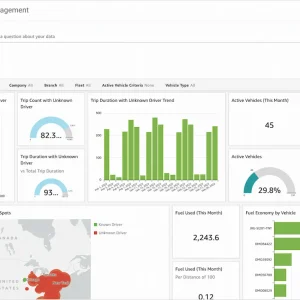When it appeared in 2001 the styling was a radical departure of design from previous Trafic which was a boxy affair intended to look like a diluted version of the more radical egg-box styled Master. This second-generation Trafic, also dragged Vauxhall’s mid-sized vans into modernity with the Vivaro-badged Trafic clone and Nissan too, by then under Renault ownership, used it as its Primastar. Cab comfort, high equipment levels and ease of driving were keynotes and whilst the original engine range included a petrol but most buyers went for the 1.9-litre and 2-litre diesels.
From the facelift in 2006, the 2-litre diesel engine was offered in two power outputs of 89 bhp or 113 bhp with a six-speed manual transmission. The Trafic offered buyers two wheelbase lengths and two roof heights which in various combinations could offer load volumes from 5.3 to 8.7cu.m.
Rear door options included conventional barn-door design, or a lift-up tailgate, look out for ex-AA Patrol Trafics which favour this option to provide a handy shelter when undertaking repairs at the roadside. Side loading door options are more flexible on the long wheelbase versions and although less common, the high roof option is worth looking out for.
In 2010 is the face lifted or third-phase – as Renault calls it – Trafic, was introduced. Hailed as being more driver-friendly it sported a new dashboard redesigned to incorporate more practical stowage spaces such as an A4 document holder on top of the dashboard and deeper passenger side stowage in versions with driver-only airbag. Higher equipment features normally associated with cars, such as Carminat TomTom SatNav, standard climate control and audio systems with MP3 compatibility and Bluetooth completed the interior picture, whilst the 2.0 litre dCi version of the Trafic phase 3 also offered improved in fuel consumption, it was claimed. To assist here the Trafic also boasted cruise control and speed limiter, the latter is particularly handy in average-speed motorway restrictions or when towing a trailer.
The Trafic’s standard ABS braking is enhanced by EBD Electronic Brakeforce Distribution – not new but nevertheless welcome when the van is partially laden for more effective brake balance. With MacPherson strut front suspension and a torsion beam trailing-arm system at the rear the Trafic offers handling on a par with the best MPVs on the market and better ride comfort when partially laden.
Vosa tell us of a few of recalls on the Trafic over the years, but unusually lists them by build date only, not VIN designation. In November 2008 one was issued for possible handbrake failure on vehicles built in June 2008, with a second one issued to include Trafics built as far back as January 2006. One relating to the operation of rear out seat belts would appear only relate to minibus applications and vehicles built in July 2006 had one issued for possible suspension turret failure.
Second-hand buys
So how much should you pay for a used Renault Trafic? The WhatVan.co.uk used van locator found quite a good selection ranging from a 2008 SL2.7dci with 133,000 miles at £3395 to several 2010 models in the £5,000 to £5,800 range with between 145,000 and 170,000 miles on, one of which had SatNav and air-conditioning, A similar specification 2011 model will set you back between £6,500 and £7,500 and we found one 2013 one-owner model with only 23,000 miles boasting SatNav, A/C and Bluetooth at £11,000.





